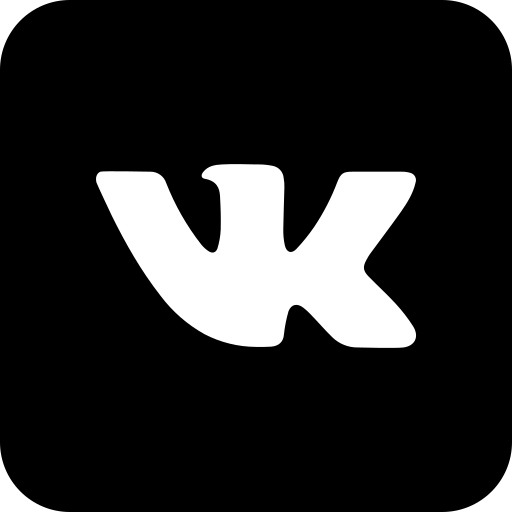
ASI. Vive le Curateur-3. 2020
|
Of course, nobody could say what curation is today. Firstly, no-one is interested in what art is, even though the phenomenon of curation was built upon art’s definition. Secondly, an all-pervasive pluralism has taken over the global exhibition culture, and it devaluates any positivist statement. There is no curation system, neither is there an objective picture; we only have a plethora of mutually disagreeing projects which create a rather fragmentary, contradictory background, yet on this background we can distinguish the outlines of the end of the modernist paradigm, and we should study it carefully in order to shape a critical position. David Joselit, an art historian, talks about art practice today as of aggregation, which is directly linked to curation. In such circumstances, it is not the camera that creates a picture or a mode of vision, it is the picture that creates a camera. Pierre Huyghe, an artist, claims that an exhibition isn’t the act of showing something to somebody, it is showing somebody to something. That is, a situation when any object may be aggregated and appear in accordance with a mode of vision, born out of a random collision. Huyghe succeeds, for instance, in creating a flu virus news aggregator out of a visitor, or, as he puts it, a participant of his exhibition, and an aggregator of human presence out of a flu virus. Upon such encounter, the art lights up like a lamp in a fridge which has been glanced into (this is Liam Gillick’s definition of his own work). So modern curation is, by and large, the process of organizing such aggregating encounters. Let us summarize the experience of modern curation in a couple of statements defining the shifts in the art event creation approach, which the curator is involved in. Firstly, since Art itself, as a humanistic phenomenon, has ceased to be the core element of modern intellectual struggle, an art event isn’t built upon defining and redefining art, but upon figuring out the situation where an encounter with it is possible, and if it is possible at all. That is, where it still might be present, and not what it is. Secondly, the language where encounter with art happened isn’t in curatorial agenda any longer, which resulted in overcoming the curatorial text – it was replaced by contingency and the metaphysics of co-presence in an uncorrelated reality. Thirdly, now we don’t curate to achieve fair participation of artists, as art representatives, but fair representation of objects and essences, which don’t differentiate between artist’s and viewer’s contingencies. Fourthly, curation, as it is establishing complex research ensembles, doesn’t aggregate data as much as it creates situations where aggregations might emerge, where new modes of vision become possible. And lastly, while, on the one hand, curation has lost its delineation on the scale of its tasks and diversity, since the scale is much greater than that of people’s comprehension, it still being humanistic, it has, on the other hand, commenced the creation of such unexpected occurrences, that a subject is now capable of seeing themselves with their own eyes as if through cameras situated outside.




